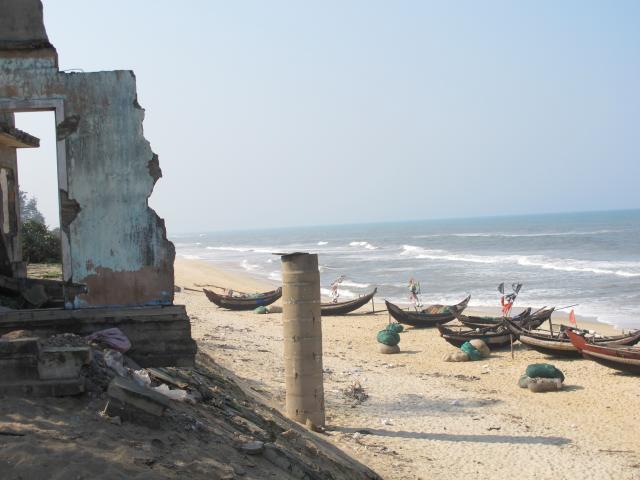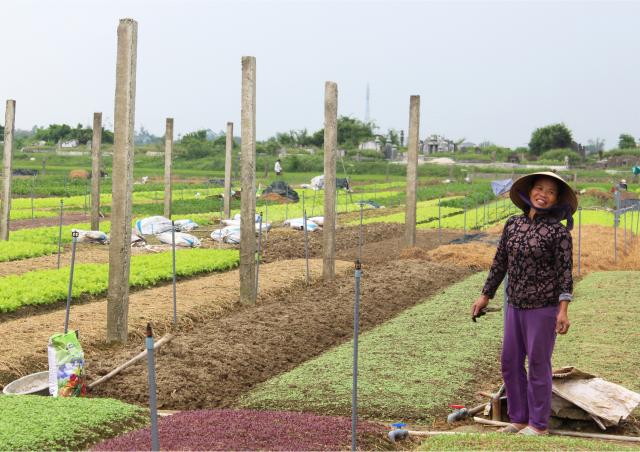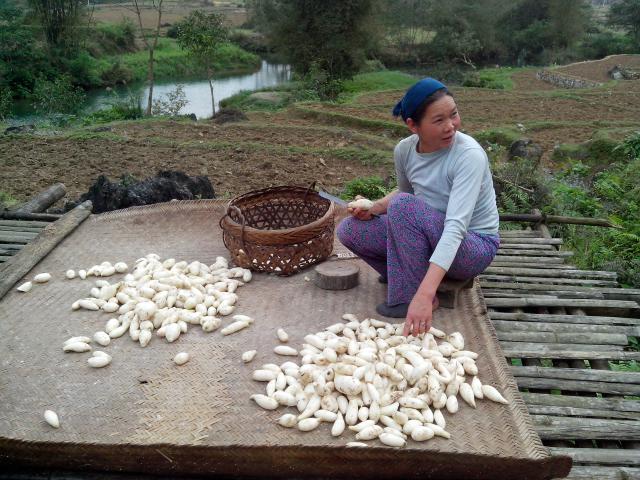In Vietnam, LuxDev implements projects aimed at strengthening climate resilience in communities.
LuxDev in Vietnam
Cooperation between Luxembourg and Vietnam began in 1993. Between 2002 and 2015, three Indicative Cooperation Programmes were implemented in alignment with Vietnam’s development plans and focused on the country’s poorest provinces. The final Indicative Cooperation Programme aimed to expand relations between the two countries beyond development cooperation.
Nevertheless, Luxembourg continues to be involved in Vietnam, with ongoing collaboration in areas such as climate change adaptation and mitigation, as well as sustainable finance.
LuxDev plays a crucial role in delivering these interventions on behalf of the Luxembourg government and the Green Climate Fund. The projects, focused on sustainable finance and climate adaptation in Thua Thien Hue province, are carried out in close partnership with local stakeholders.

The challenges of climate change in Vietnam
Sustainable resource management and tackling environmental degradation are major challenges for Vietnam. With a strong reliance on agriculture, communities are highly vulnerable to climate shocks, highlighting the need for economic diversification. Access to technology and innovation, as well as effective policy coordination and governance, are also critical issues.
Gallery viewer
Thua Thien Hue province faces particularly significant challenges due to its high vulnerability to climate impacts such as floods and storms, which threaten agriculture and vital natural resources. Strengthening resilience and adaptation to these risks is therefore essential.
Agriculture and sustainable resource management play a key role in poverty reduction. Financial inclusion – particularly through sustainable finance and improved access to funding for vulnerable groups such as farmers and small businesses – is crucial for investing in sustainable practices and technologies, ultimately enhancing economic resilience against climate shocks.
Gallery viewer
Our activities in Vietnam
The projects we implement in Thua Thien Hue province directly address these challenges. By leveraging sustainable finance and working closely with local communities, these initiatives aim to strengthen the resilience of people, ecosystems, and local businesses in the face of climate change, with a particular focus on empowering women.
Contributing to a more inclusive and sustainable economy, our actions centre around three key areas:
- promoting climate-smart agricultural practices to enhance productivity and climate resilience;
- strengthening financial inclusion and improving market access;
- enhancing early warning systems, land-use planning, and sustainable management of agricultural and forested land.
Gallery viewer
Key figures in Vietnam
-
EUR 265,438
disbursed in Vietnam in 2024














